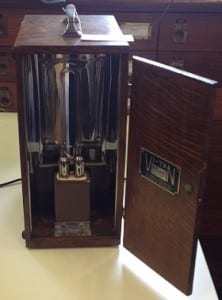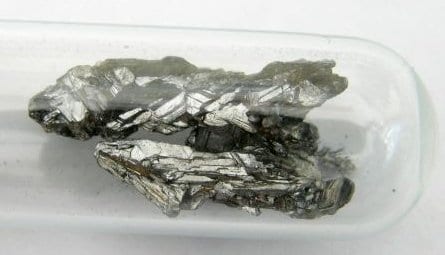Underwhelming Fossil Fish of the Month December 2017
By Mark Carnall, on 31 December 2017
2017 is nearly done but there’s just enough time to make it just that little bit more underwhelming than it already was otherwise. If you’ve arrived here by some strange quirk or questionable Googling and missed the previous 59 underwhelming fossil fishes, then there’s still time for you to back out. There’s no shame in it. You can still keep a clean sheet, boredom-wise. If you insist on carrying on then let me tell you what’s in store. Each month we take a look at one of the incredibly uninspiring fish fossils from the Grant Museum of Zoology collection. The goal of this apparently fruitless task is to increase the global fossil fishteracy one fossil fish at a time. It’s a Sisyphean task because, gosh darnit, these fossil fish are hard to care about. (more…)
 Close
Close






